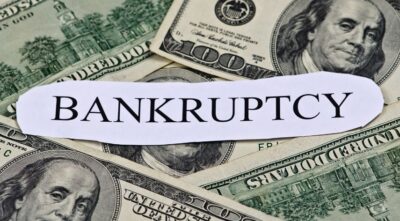5 Tips To Recover From Bankruptcy
46
VIEWS
Lareal Young
Lareal Young is a legal professional committed to making the law more accessible to the public. With deep knowledge of legislation and legal systems, she provides clear, insightful commentary on legal developments and public rights, helping individuals understand and navigate the complexities of everyday legal matters.
Recommended For You
by: Health Desk, July 14, 2025
Spread the loveHealth screening is a vital part of preventive healthcare which plays a crucial role in the maintenance of
Spread the loveArtificial intelligence is no longer a concept on the fringe of productivity. You now have tools that learn
Spread the loveYou’re no longer just building apps that run in the cloud. You’re building systems that think, respond, and


